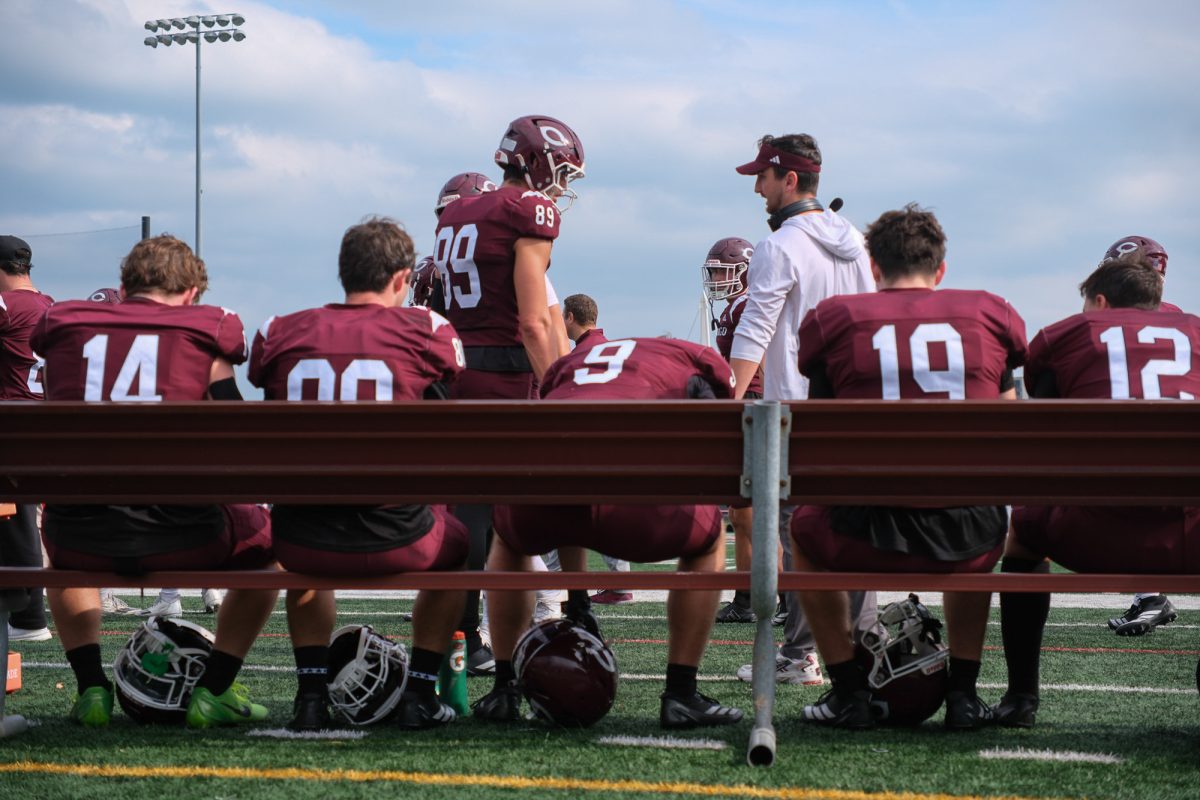With the change expected to pass through without a glitch, Ratner will have another stripe on its floor next winter.
After years of speculation, the NCAA three-point line is finally moving back. The national collegiate governing body finally made the call to push back the line last week, and the move is currently pending approval from the Playing Rules Oversight Committee. Women’s basketball will keep its current line of 19 feet, 9 inches, which previously served as the men’s line as well. If passed, the new arc will go into effect for the 2008–2009 season.
For the most part, coaches and players have supported the measure, citing a desire to open up the floor. There has been an increasing emphasis on driving to the post or staying back to take the three, and the hope is this change will allow for an improved mid-range game. The line will move out to 20 feet, 9 inches while leaving the size of the lane in place. That makes the distance three inches longer than the international line and three inches shy of the professional 23 feet, 9 inches.
“I had heard talk about it over the past three years,” fourth-year guard Jesse Meyer said. “It was kind of becoming too easy of a shot.”
Along with the rest of college basketball, the Maroons will look at making the trey more of a specialty shot for a few players while possibly increasing their number of jump shots.
“I don’t think it will change the game a ton, but I think it will reduce the number of people who consistently shoot threes,” said Meyer, Chicago’s career three-point leader and the UAA’s leading shooter from outside the arc last season. “It’s a little weird for me because shooting was my biggest strength, but I think it’s good for the overall game. I think the idea is definitely good.”
For players looking to shoulder the number of buckets made from downtown for their teams, they’ll have to adjust to the extra inch by getting more lift on their throws. Other players will switch their focus to capitalize on driving to the rim.








